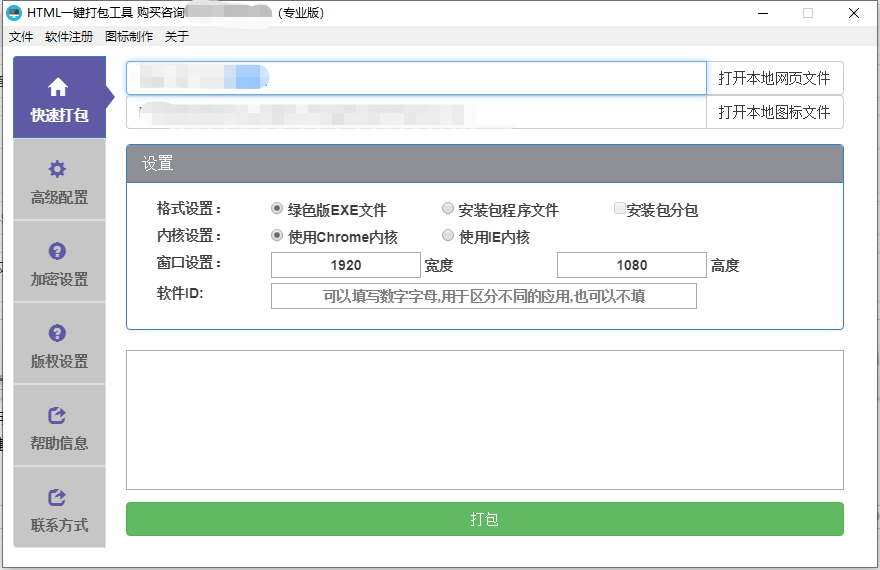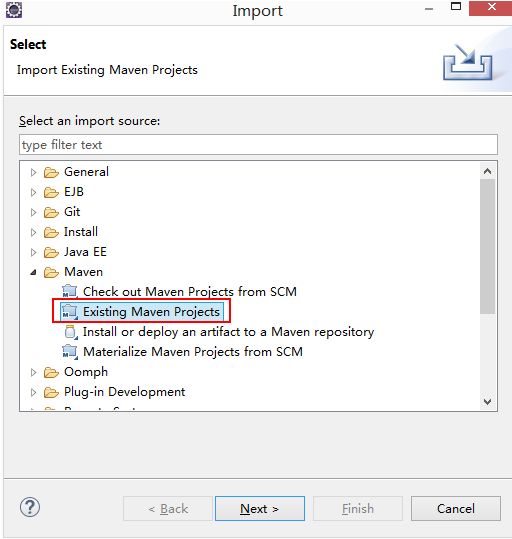root@test 10:50 > show create table t_numG *************************** 1. row *************************** Table: t_num Create Table: CREATE TABLE `t_num` ( `id` int(11) NOT NULL AUTO_INCREMENT, `c1` int(11) NOT NULL, `c2` varchar(11) NOT NULL, PRIMARY KEY (`id`), KEY `ix_c1` (`c1`) ) ENGINE=InnoDB AUTO_INCREMENT=6 DEFAULT CHARSET=utf8mb4 root@test 10:51 > select * from t_num; +----+----+----+ | id | c1 | c2 | +----+----+----+ | 1 | -2 | -2 | | 2 | -1 | -1 | | 3 | 0 | 0 | | 4 | 1 | 1 | | 5 | 2 | 2 | +----+----+----+ # 在c1字段上加上索引 root@test 10:52 > alter table t_num add index ix_c1(c1); # 标准使用情况下,索引有效 root@test 10:55 > explain select * from t_num where c1 = -1; +----+-------------+-------+------------+------+---------------+-------+---------+-------+------+----------+-------+ | id | select_type | table | partitions | type | possible_keys | key | key_len | ref | rows | filtered | Extra | +----+-------------+-------+------------+------+---------------+-------+---------+-------+------+----------+-------+ | 1 | SIMPLE | t_num | NULL | ref | ix_c1 | ix_c1 | 4 | const | 1 | 100.00 | NULL | +----+-------------+-------+------------+------+---------------+-------+---------+-------+------+----------+-------+
1、条件字段函数操作
# 在where中c1上加上abs()绝对值函数,可以看到type=ALL,全表扫描,在Server层进行绝对值处理后进行比较 root@test 10:58 > explain select * from t_num where abs(c1) = 1; +----+-------------+-------+------------+------+---------------+------+---------+------+------+----------+-------------+ | id | select_type | table | partitions | type | possible_keys | key | key_len | ref | rows | filtered | Extra | +----+-------------+-------+------------+------+---------------+------+---------+------+------+----------+-------------+ | 1 | SIMPLE | t_num | NULL | ALL | NULL | NULL | NULL | NULL | 5 | 100.00 | Using where | +----+-------------+-------+------------+------+---------------+------+---------+------+------+----------+-------------+
如上,对索引字段做函数操作,即where条件列上不干净时,可能会破坏索引值的有序性(按照c1的值有序组织索引树),因此优化器就决定放弃走索引树搜索功能。
但是,条件字段函数操作下,也并非完全的走全表扫描,优化器并非完全的放弃该字段索引。
# 选择查询的数据,只有id和c1字段,可以看到type=index,使用到了ix_c1索引 root@test 10:59 > explain select id,c1 from t_num where abs(c1) = 1; +----+-------------+-------+------------+-------+---------------+-------+---------+------+------+----------+--------------------------+ | id | select_type | table | partitions | type | possible_keys | key | key_len | ref | rows | filtered | Extra | +----+-------------+-------+------------+-------+---------------+-------+---------+------+------+----------+--------------------------+ | 1 | SIMPLE | t_num | NULL | index | NULL | ix_c1 | 4 | NULL | 5 | 100.00 | Using where; Using index | +----+-------------+-------+------------+-------+---------------+-------+---------+------+------+----------+--------------------------+
如上,由于ix_c1索引树是根节点c1和叶子节点id构造的,虽然因为c1上的函数操作导致放弃索引定位,但优化器可以选择遍历该索引树,使用覆盖索引(Using index),无需回表,将所需的id和c1数据返回Server层后进行后续的abs()和where过滤。
2、条件字段运算操作
# where条件里,对c1进行运算操作 root@test 11:03 > explain select * from t_num where c1 + 1 = 2; +----+-------------+-------+------------+------+---------------+------+---------+------+------+----------+-------------+ | id | select_type | table | partitions | type | possible_keys | key | key_len | ref | rows | filtered | Extra | +----+-------------+-------+------------+------+---------------+------+---------+------+------+----------+-------------+ | 1 | SIMPLE | t_num | NULL | ALL | NULL | NULL | NULL | NULL | 5 | 100.00 | Using where | +----+-------------+-------+------------+------+---------------+------+---------+------+------+----------+-------------+
如上,虽然“+1”的操作并没有破坏c1索引的有序性,但优化器仍然没有使用该索引快速定位。因此,等号左边,注意优化掉索引字段上的运算操作。
3、隐式类型转换
# 在c2字段上加上索引 root@test 12:30 > alter table t_num add index ix_c2(c2); # 标准使用情况下(注:c2是varchar类型的),索引有效 root@test 12:30 > explain select * from t_num where c2 = "2"; +----+-------------+-------+------------+------+---------------+-------+---------+-------+------+----------+-------+ | id | select_type | table | partitions | type | possible_keys | key | key_len | ref | rows | filtered | Extra | +----+-------------+-------+------------+------+---------------+-------+---------+-------+------+----------+-------+ | 1 | SIMPLE | t_num | NULL | ref | ix_c2 | ix_c2 | 42 | const | 1 | 100.00 | NULL | +----+-------------+-------+------------+------+---------------+-------+---------+-------+------+----------+-------+ # 去掉等号右边值的引号,即字符串和数值进行比较,索引失效 root@test 12:30 > explain select * from t_num where c2 = 2; +----+-------------+-------+------------+------+---------------+------+---------+------+------+----------+-------------+ | id | select_type | table | partitions | type | possible_keys | key | key_len | ref | rows | filtered | Extra | +----+-------------+-------+------------+------+---------------+------+---------+------+------+----------+-------------+ | 1 | SIMPLE | t_num | NULL | ALL | ix_c2 | NULL | NULL | NULL | 5 | 20.00 | Using where | +----+-------------+-------+------------+------+---------------+------+---------+------+------+----------+-------------+
如上,c2字段是varchar类型,是字符串和数值的比较,此时,MySQL是将字符串转换成数字,即此处的c2被CAST(c2 AS signed int),这就相当于对条件字段做了函数操作,优化器放弃走树索引定位。
4、隐式字符编码转换
# 创建一个t_cou表,表结构基本和前面的t_num相同,唯一不同的设置是表字符集CHARSET=utf8 root@test 14:02 > show create table t_couG *************************** 1. row *************************** Table: t_cou Create Table: CREATE TABLE `t_cou` ( `id` int(11) NOT NULL AUTO_INCREMENT, `c1` int(11) NOT NULL, `c2` varchar(10) NOT NULL, PRIMARY KEY (`id`), KEY `ix_c1` (`c1`), KEY `ix_c2` (`c2`) ) ENGINE=InnoDB AUTO_INCREMENT=1 DEFAULT CHARSET=utf8 root@test 14:02 > insert into t_cou select * from t_num; # join表,t_num和t_cou通过c2字段进行关联查询 root@test 14:03 > select n.* from t_num n -> join t_cou c -> on n.c2 = c.c2 -> where n.c1 = 1; +----+----+----+ | id | c1 | c2 | +----+----+----+ | 4 | 1 | 1 | +----+----+----+ root@test 14:23 > explain select n.* from t_num n join t_cou c on n.c2 = c.c2 where c.c1 = 1; +----+-------------+-------+------------+------+---------------+-------+---------+-------+------+----------+-----------------------+ | id | select_type | table | partitions | type | possible_keys | key | key_len | ref | rows | filtered | Extra | +----+-------------+-------+------------+------+---------------+-------+---------+-------+------+----------+-----------------------+ | 1 | SIMPLE | c | NULL | ref | ix_c1 | ix_c1 | 4 | const | 1 | 100.00 | NULL | | 1 | SIMPLE | n | NULL | ref | ix_c2 | ix_c2 | 42 | func | 1 | 100.00 | Using index condition | +----+-------------+-------+------------+------+---------------+-------+---------+-------+------+----------+-----------------------+ # 执行计划分析: # 1.操作的c表,使用了ix_c1定位到一行数据 # 2.从c表定位到的行数据,拿到c2字段去操作n表,t_cou称为驱动表,t_num称为被驱动表 # 3.ref=func说明使用了函数操作,指的是n.c2=CONVERT(c.c2 USING utf8mb4) # 4.同时Using index condition,ix_c2读取查询时,使用被下推的条件过滤,满足条件的才回表 root@test 14:23 > explain select n.* from t_num n join t_cou c on n.c2 = c.c2 where n.c1 = 1; +----+-------------+-------+------------+-------+---------------+-------+---------+-------+------+----------+-----------------------------------------------------------------+ | id | select_type | table | partitions | type | possible_keys | key | key_len | ref | rows | filtered | Extra | +----+-------------+-------+------------+-------+---------------+-------+---------+-------+------+----------+-----------------------------------------------------------------+ | 1 | SIMPLE | n | NULL | ref | ix_c1,ix_c2 | ix_c1 | 4 | const |









